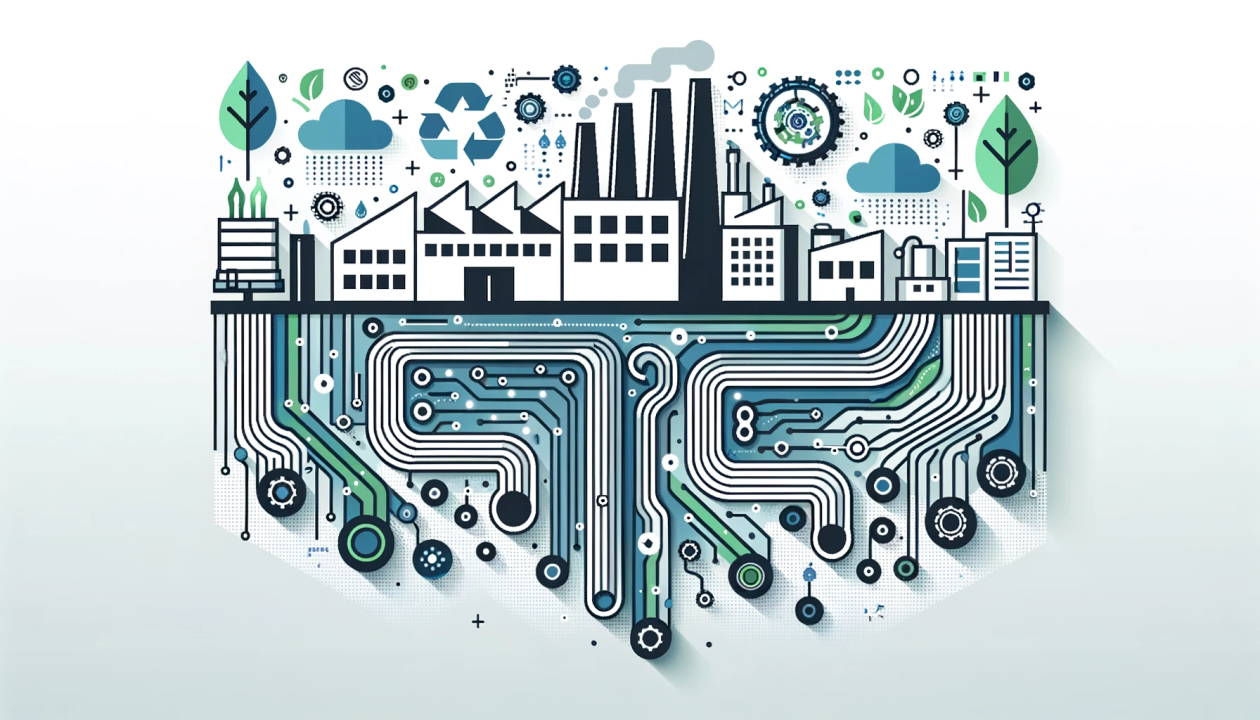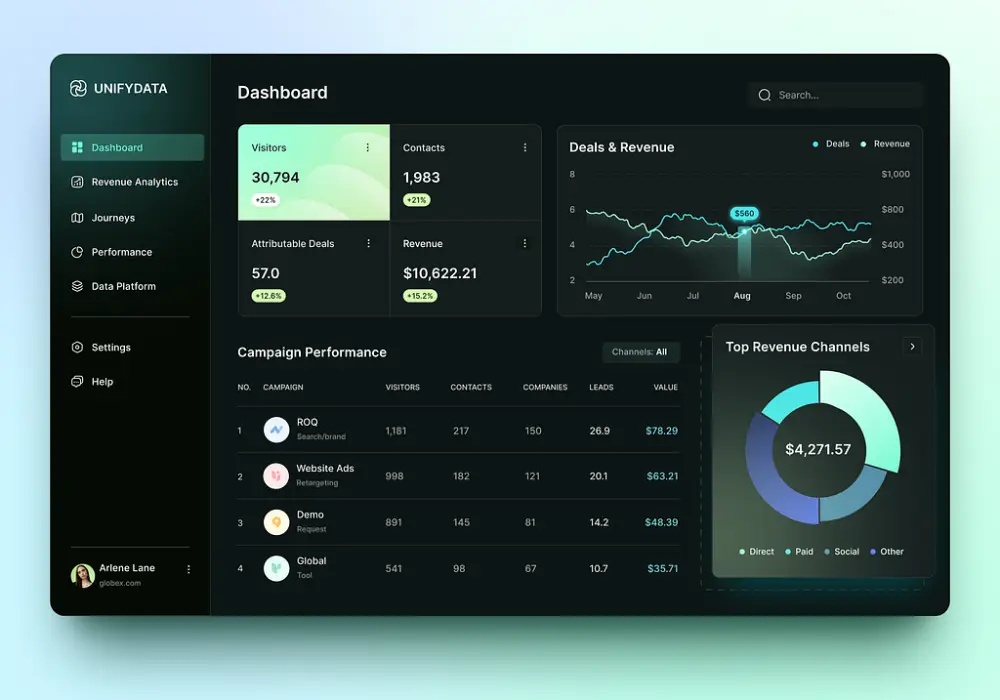Top 4 Healthcare Trends in 2020


Health care is an industry that is currently being digitally transformed using the latest technology to be able to meet the challenges it faces in the 21st century.
The global health expenditures accounted for $8.45 trillion worth of the global health industry in 2018, and it could reach over $10 trillion by 2022, according to the Global Wellness Institute.
Technology can help healthcare organizations meet growing demand and efficiently operate to deliver better patient care.
From real-time diagnoses aided by machine learning to wearable devices that track and transmit patient data from a distance, a host of new and evolving technologies are poised to influence care delivery in 2020.
Intended to maintain good health and not to react to an existing illness, these investments are designed to reduce hospitalizations and related costs.
Learn more: Healthcare Software Development Services
These are the 4 major healthcare trends that we think their potential for implications in 2020 can make an immense impact on the medical industry:

Augmented reality is a trend that spans all industries, but it’s particularly influential in the healthcare field.
Not only is this technology extremely beneficial for training and surgery simulation, but it’s also playing an essential part in patient care and treatment.
Augmented reality helps provide another layer of support for healthcare practitioners and aids physicians during brain surgery and reconnecting blood vessels.
Imagine a doctor being able to have treatment options appear on a screen as he looks at different conditions for a senior citizen during a routine checkup.
This doctor would no longer have to spend as much time reading studies to refine their skills.
Virtual reality improves procedural intervention or procedure by overlaying imaging data and relevant information.
The information that they need can appear in front of them in real-time as they seamlessly treat patients.
With the help of AR, the virtual and real worlds are harmonized, so it provides essential education capabilities for medical professionals as well as to help patients understand their conditions or treatment plans.

As the capabilities for healthcare centers to provide care in remote or under-served areas through telemedicine increase, the quality and speed of the network are imperative for positive outcomes.
The arrival of 5G has the potential to transform healthcare delivery by boosting speed and capacity while reducing latency will be crucial for transmitting large medical images and for supporting telehealth initiatives and remote patient monitoring tools as well as complex uses of AI, AR, and VR.
Plus, according to a White House transcript:
“5G will be as much as 100 times faster than the current 4G cellular networks. It will transform the way our citizens work, learn, communicate, and travel.”
On a 5G network, a user could load a webpage or download a file somewhere between 10 and 100 times faster than today.
One of the exciting possibilities for 5G is making robot-assisted telesurgery widespread. That’s an activity where it’s unacceptable if any lag between a physician’s motion and a network’s reaction occurs.
The first 5G-powered robot-assisted telesurgery was already conducted in China earlier this year.
If it works out well, then that can be a first step to assessing the use of 5G on real patients.

As the world population grows and ages, artificial intelligence, and machine learning offer new and better ways to identify diseases, diagnose conditions, crowdsource and develop treatment plans.
Artificial intelligence formula powered by recent advances in computational power learns from the data and can predict the probability of a condition to help doctors provide a diagnosis and treatment plans.
Learn more:
Reducing manual redundancy and ensuring fewer errors, the computing power of AI will drastically cut the time scientists spend analyzing data and testing molecular combinations as they tweak formulas and develop new ones.
Most importantly, when applied to medicine, an algorithm that is trained via reinforcement learning could discover treatments and cures for conditions when human medical professionals could not.
Plus, with significant developments in machine learning and artificial intelligence in recent years, chatbots have rapidly become popular in the medical industry.
As health services become more patient-centric, offering a better-personalized patient experience is fast becoming the top priority for most healthcare providers.
Chatbots are designed to be a faster and more functional alternative to human customer care executives.
In addition, chatbots are geared toward providing adequate help to both healthcare professionals and patients.
Thanks to chatbot technology, there has been a noticeable decrease in patients’ visits to doctors for minor issues in recent years.
With AI and Machine Learning technology to support the medical industry, it will be the true era of art in medicine.

Today’s smartwatches can not only track your steps but can monitor your heart rhythms.
With more than 80% of people willing to wear wearable tech, there are tremendous opportunities to use these devices for healthcare.
Whether of how many steps you walk or how many calories you burnt each day, wearable tech devices like a smartwatch can detect and send reports to you or even directly to your doctor, which will get your health support if there are any anomalies in your health system.
As technology becomes central to healthcare, wearable tech devices are the least invasive way to your privacy as well as your own personal virtual health assistant.

Due to the consumer’s needs and demands, especially in this technological era, we think that these technologies can offer incredible opportunities to provide better healthcare to billions of people and help our healthcare systems cope with the ever-increasing demands.


Table of ContentsTrend #1: Augmented Reality (AR) Trend #2: 5G Trend #3: AI and Machine Learning Trend #4: Wearable Tech AI is changing the manufacturing sector, with generative AI at the forefront of this transformation. This article explores how generative AI, known for its capability to create new content and solutions, is revolutionizing manufacturing operations. Generative AI leverages vast data streams to enable precise, data-driven decision-making, optimizing everything from production lines to product design. It offers distinct advantages by autonomously generating innovative solutions that enhance efficiency and spur innovation. However, integrating generative AI into traditional manufacturing setups poses challenges, particularly in areas that…
19 April, 2024

Table of ContentsTrend #1: Augmented Reality (AR) Trend #2: 5G Trend #3: AI and Machine Learning Trend #4: Wearable Tech In the ever-evolving landscape of technology, businesses are continually seeking solutions that not only streamline operations but also provide a competitive edge. This is where bespoke software development comes into play. Unlike off-the-shelf software, bespoke software is tailor-made from scratch, specifically designed to meet the unique requirements and challenges of a single business. This tailored approach ensures that every feature of the software aligns perfectly with the business’s core operational needs. The investment in bespoke software development often translates into significant competitive advantages….
17 April, 2024

Table of ContentsTrend #1: Augmented Reality (AR) Trend #2: 5G Trend #3: AI and Machine Learning Trend #4: Wearable Tech Today, 85% of customers expect to manage their interactions with businesses without needing human assistance. They prefer self-service options available at any time and on their preferred channels. This demand has driven rapid growth in chat and messaging platforms, enabling businesses to meet these expectations. The marketplace offers a diverse range of AI chatbot solutions, each offering different features and price points, making it challenging to find the ideal option. To simplify your decision-making, we’ve analyzed top providers and pinpointed the most effective…
16 April, 2024


Thank you for your interest in TECHVIFY Software.
Speed-up your projects with high skilled software engineers and developers.
By clicking the Submit button, I confirm that I have read and agree to our Privacy Policy